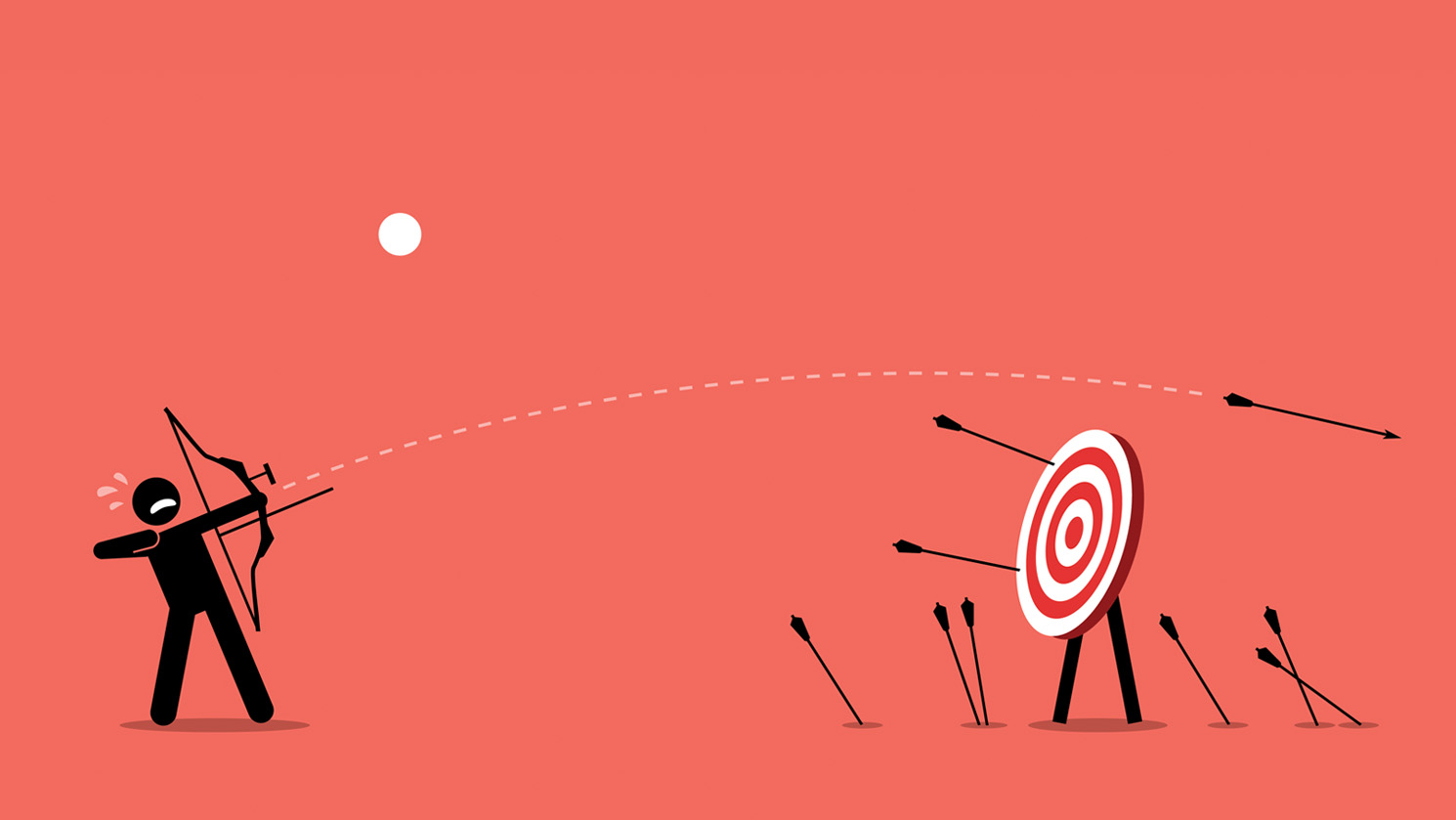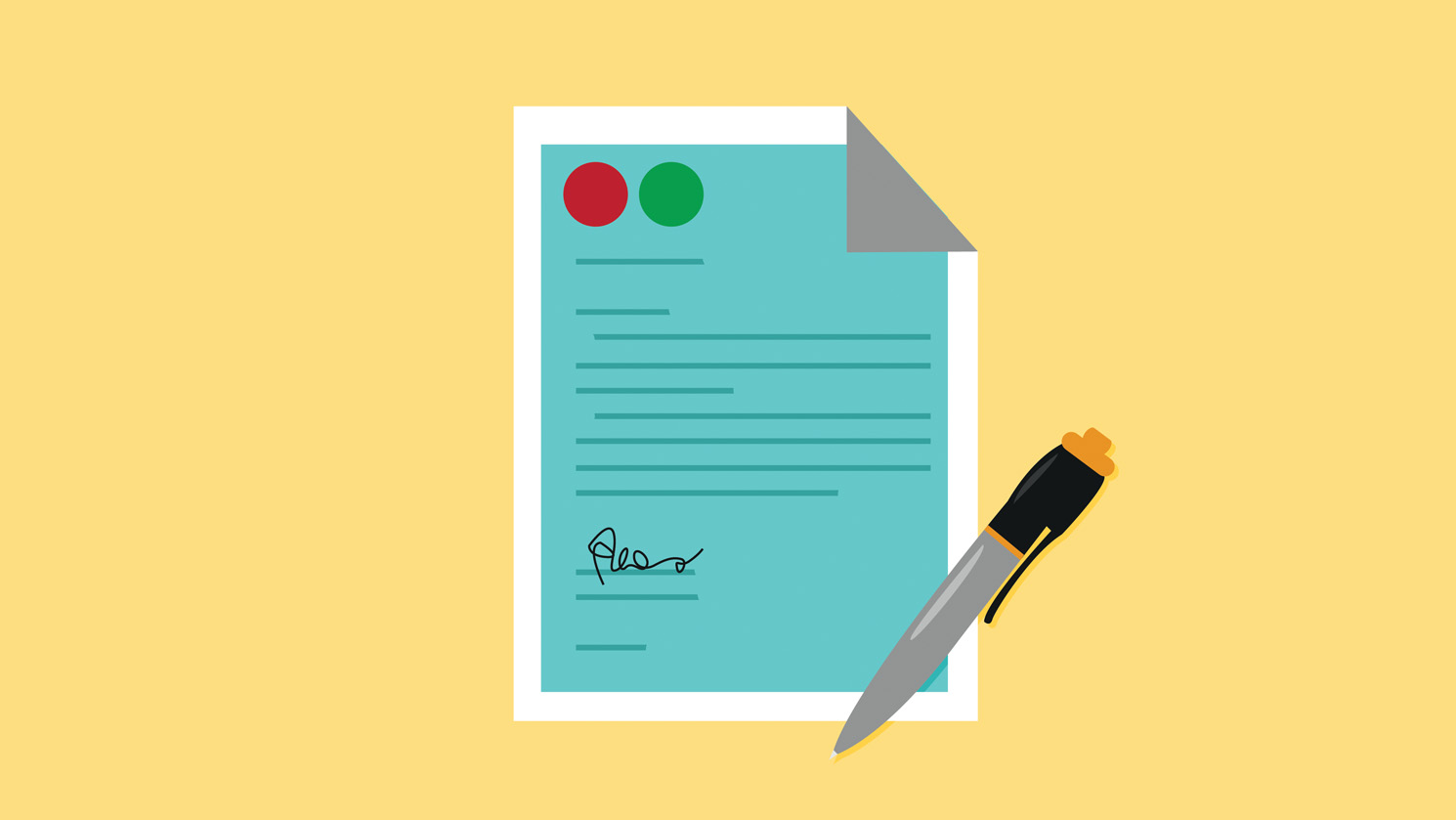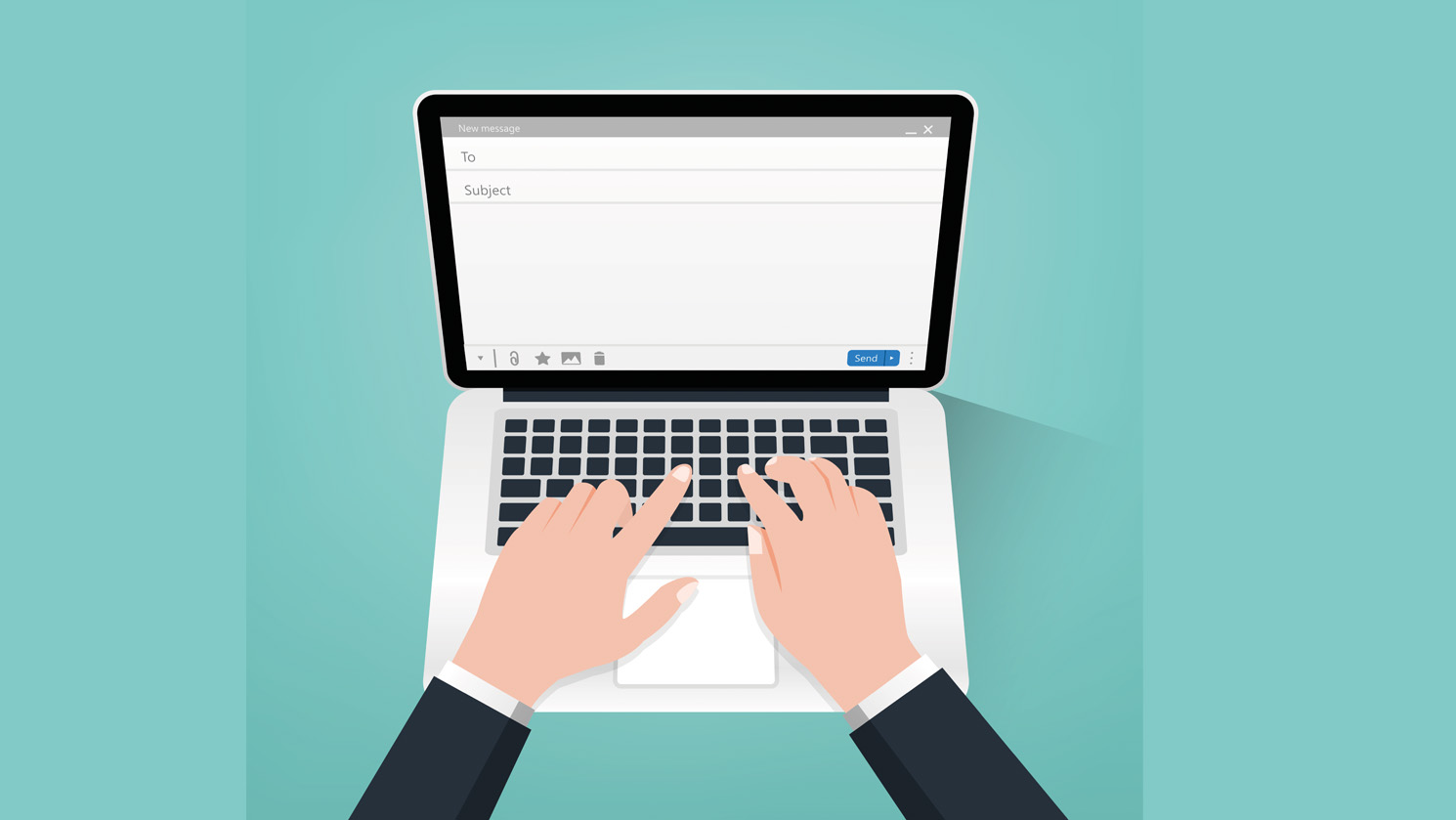Even before COVID-19 upended the Australian job search market, the use of video interviews amongst recruiters was on the rise. However, the pandemic has well and truly pushed the practice into the mainstream.
We shouldn’t be surprised, right? Video interviews offer recruiters a number of key advantages. They:
- Shorten the hiring process.
- Cut down on the number of candidate no-shows.
- Enable companies to consider candidates beyond traditional geographic restrictions.
- Allow hiring to continue in a safe, sustainable way as the COVID crisis rages on.
Given all those benefits – and the broad uptake of enterprise video communication technology – it is safe to assume that video interviews are here to stay.
What does this mean for you, the Aussie job seeker, looking for your next plum gig?
How does preparing for a video interview differ from preparing for a traditional face-to-face interview?
Glad you’ve asked.
Before I list those video interview tips, I’d like to point a core theme that underpins them all. Ready?
In a traditional interview, this responsibility lays with the employer – they provide the fancy office for you to visit, the interview room to sit in, and so on. In a video, interview, it’s all on you.
Before I share my top 10 video interview tips, I need to explain the difference between live and asynchronous video interviews.
Live vs Pre-Recorded Interviews.
- Live video interviews are conducted via your computer using typical video tools such as Zoom, Skype, Hangout or Blue Jeans. Recruiters/hiring managers will interview you in a live setting, mimicking the structure of a traditional face-to-face interview.
- Pre-recorded/asynchronous video interviews use tools such as Async Interview, Vidcruiter, SparkHire, Wepow or Sonru. Expect to be given a set of interview questions from the recruiter and be asked to record your answers.
During a typical asynchronous interview you’ll be given 1-2 attempts to answer each question; some platforms will allow you to choose your final answer.
Once you finish recording your answers, you’ll submit your application through the recruiter’s chosen platform.
Video Interview Tips For Success.
The purpose of a video interview has a high degree of overlap with that of a traditional interview. Quite simply, the interviewer will want to see whether you’re capable of solving a specific set of commercial challenges.
Your job during the interview is to demonstrate to do just that – by selling your unique value in a way that sets you apart from other candidates with similar backgrounds and levels of experience.
(By the way, if your interview is just around the corner and you don’t feel 100% prepared, consider using our executive interview coaching services or our interview coaching services for mid-career professionals).
1. Double-Check The Timezone.
When attending a live interview, be sure to confirm the time zone of your interviewer. Nowadays, a video interview can be conducted by someone in Singapore as easily as by someone in Sydney or Melbourne.
Bonus tip: double-check daylight savings to ensure that you don’t arrive an hour early, or – much worse – an hour late.
2. Learn The Video Interview Software.
Confirm what software will be used to conduct your video job interview (Zoom, Skype, Google Hangouts, etc). If you are not familiar with the tool, be sure to have a practice call with a family member or a friend before the big interview.
Bonus tip: If you’re using a personal account, do make sure the username is work-appropriate. Interviewers will notice that they are interviewing BeerPongKing2254, and yes – it will damage your personal brand.
3. Get The Setting Right.
Choose a private, quiet space free from disruption. While interruptions from kids or pets are cute during informal work meetings, they are a big no-no in a job interview setting.
Avoid cafés or similarly noisy, public spaces with busy visual or acoustic environments.
4. Choose A Suitable Background.
Your background provides context for your brand.
A still, neutral background is the safest bet. That being said, your background doesn’t have to be boring. Here’s one I use when I record video for Arielle Executive. It’s a simple “at my desk” type of setup, with my office walls and a lamp in the background:
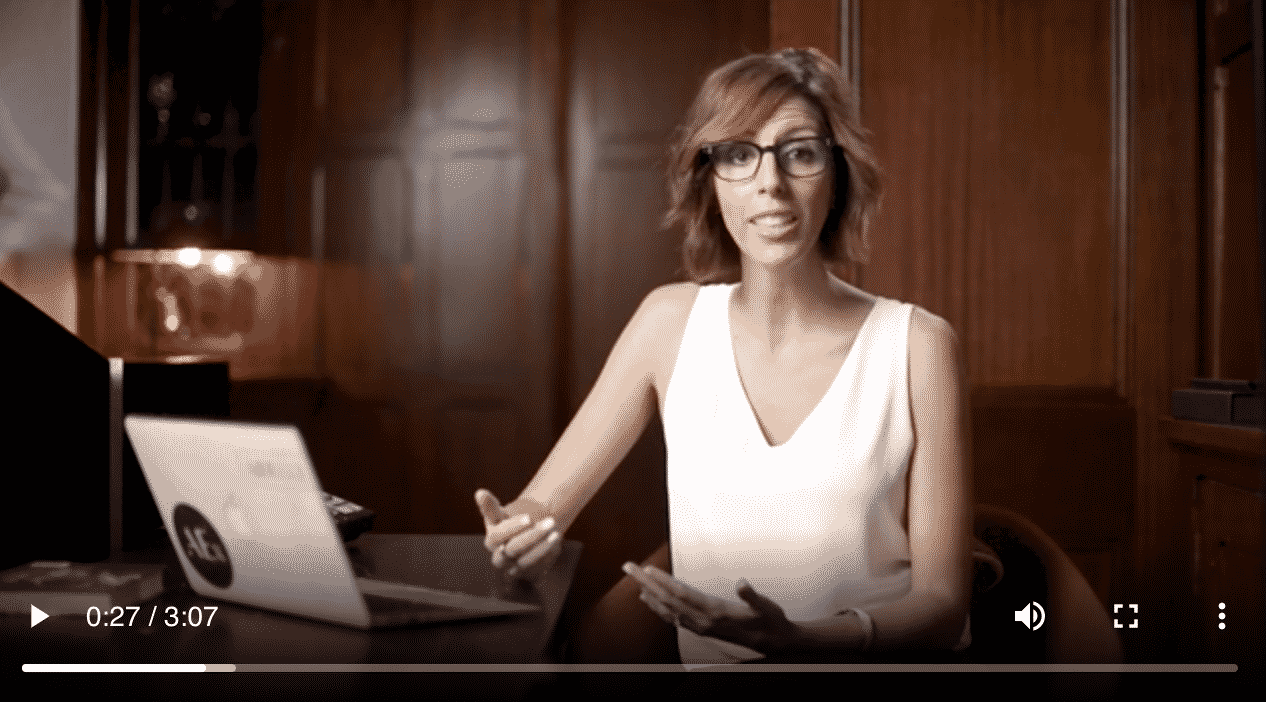
Bonus tip 1: An interesting piece of art or a set of smart shelves can sub communicate the right brand message while serving as an ice breaker with your interviewer.
Bonus tip 2: Be attuned to the messages that individual items in your background sub-communicate to your interviewer. For example, if you choose a bookshelf as your background, make sure it is clutter-free and any items displayed are work-appropriate.
5. Run An Internet Speed Test.
Make this a priority. Your interviewers won’t be able to see or hear you properly if you don’t have a strong internet connection. Simply type “internet speed test” into Google and you’ll be given the option to test the speed of your connection:
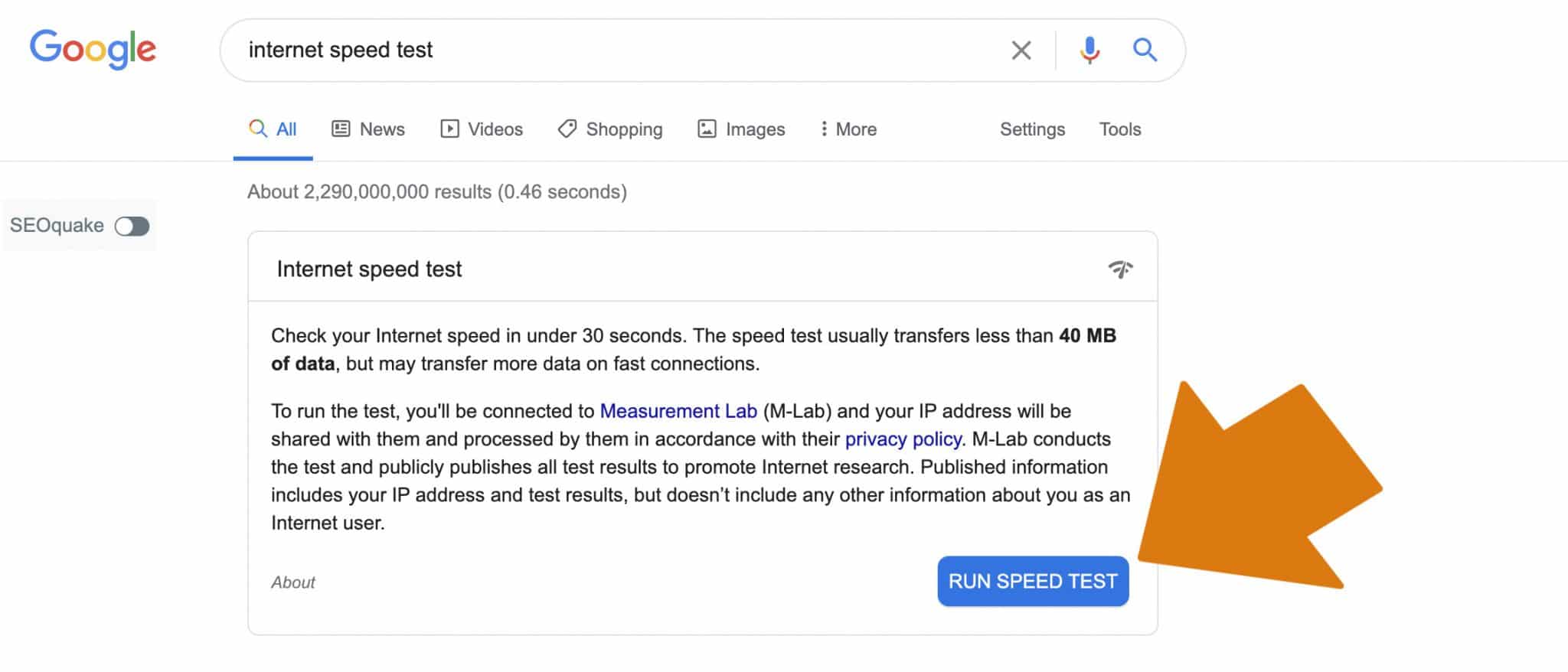
Bonus tip: If calling from home, make sure that others in your household are keeping internet use down to a minimum throughout your video interview.
6. Get Your Device Sorted.
A laptop or a desktop is more appropriate than a smartphone for an interview, particularly if you are expected to do a presentation.
If you do need to use a tablet, make sure it is in a proper case or propped up against something sturdy to minimise shaking or the risk of falling over. Don’t use a phone.
Bonus tip: whatever device you choose to use, make sure it’s either plugged into mains power or is fully charged.
7. Use A Decent Set Of Headphones.
Headphones will make your voice clearer to interviewers and will minimise background noise. Make sure that the built-in microphone isn’t rubbing against your clothes or jewellery.
8. Fix The Lighting.
Soft, natural light is best. To achieve it, position yourself in front of a window. Avoid backlighting (strong light from your rear) at all costs – it will make you look like an obscure character in a badly shot horror movie.
If you choose to use artificial lighting, position two lamps on each side of the camera for the most flattering effect.
Whether you choose natural or artificial lighting, check for glare – particularly if you wear glasses.
9. Choose The Right Outfit.
With 50% of interviewers willing to eliminate candidates based on their outfit, you must pay attention to your what you wear.
Dress as you would for a traditional interview (and yes, that means from the waist down too).
Different companies expect different dress standards. Do your research into company culture and values to make sure that you don’t overdress or underdress. As a general rule, however, it is better to dress too formally than informally.
10. Frame Yourself Well.
Make sure that your head and shoulders are visible in the shot, leaving 10-20% of the screen empty over your head. Don’t sit too close, avoid leaning in and sit up straight.
5 Final Power Tips For Effective Interviews.
Establish a plan – if you anticipate any unavoidable disruptions, it’s best to be upfront about it. Ask your interviewers what to do if the interview is interrupted so that both parties have a framework for responding.
Speak slowly and clearly – be conscious of speaking at a more considered pace than you normally would. It can be harder to hear someone over a video call, and most people speak more quickly when they are nervous.
Let them finish – don’t start speaking before anyone else has stopped. Interruptions in a video setting are more difficult to navigate than in a face-to-face environment.
Pay attention to your body language – be aware of the visuals. Many people treat a video call like a phone call and come across as passive and unresponsive. Treat the video interview as if you are in a real-life setting – engage, nod, smile and respond to your interviewers.
Make strong eye contact – make sure you are speaking to the camera, particularly if there is more than one screen involved. Nothing is more off-putting than speaking to someone who is looking off to the side. Position your device so that your camera is comfortably at eye level and try not to let your eyes wander too much.
– Irene


